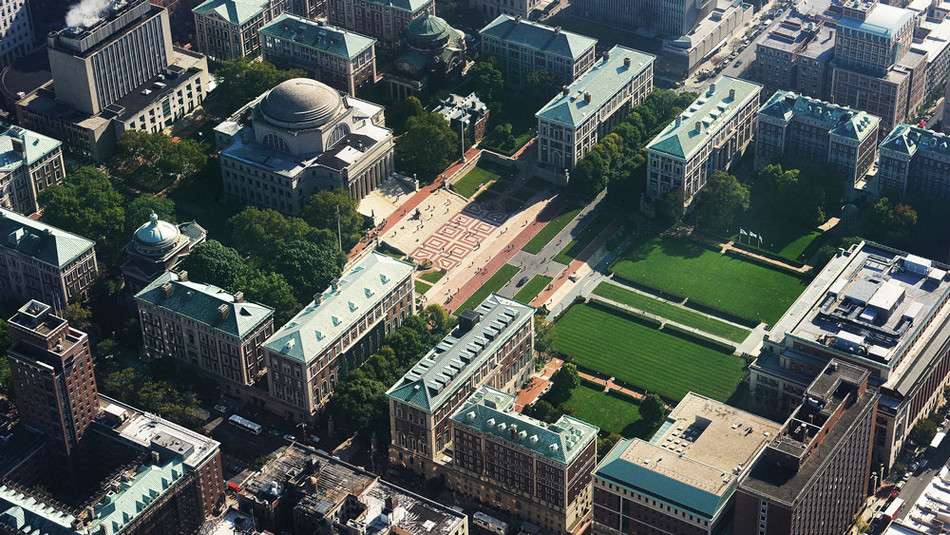In December, President Lee C. Bollinger announced the creation of the President’s Commission on the History of Race and Racism at Columbia University.
Guided by a commitment to historical accuracy and inclusivity on campus, the faculty-led body will assess and establish guidelines for existing and future symbols and representations at Columbia, placing them in historical context and their relationship to racism.
The commission is the latest outgrowth of the Columbia University Antiracism Initiative, launched in the wake of George Floyd’s murder in 2020. It will be led by codirectors Mabel O. Wilson ’91GSAPP, the Nancy and George Rupp Professor of Architecture, Planning, and Preservation and a professor in the Department of African American and African Diaspora Studies, and Ira Katznelson ’66CC, the Ruggles Professor of Political Science and History. Members will include Trustees, faculty, alumni, and other stakeholders.
One of the commission’s first projects will be to support the expansion of the Columbia University and Slavery project, in which undergraduate students research and publish their findings about the University’s historic ties to slavery and anti-slavery movements. Students working on the project were recently asked to produce public displays that soon will mark campus buildings where race-related incidents occurred in the past.
“Columbia is highly regarded for its diversity, but it’s important to recognize that this was not always the case,” says Trey Greenough, a General Studies student who developed historical materials for Furnald Hall, where in 1924 white students burned a cross to protest the presence of a Black student resident. “The path that led to Columbia’s current demographic composition was hard fought and riddled with discrimination. The building-markers project is a phenomenal way to begin educating the Columbia community about these historical nuances.”



